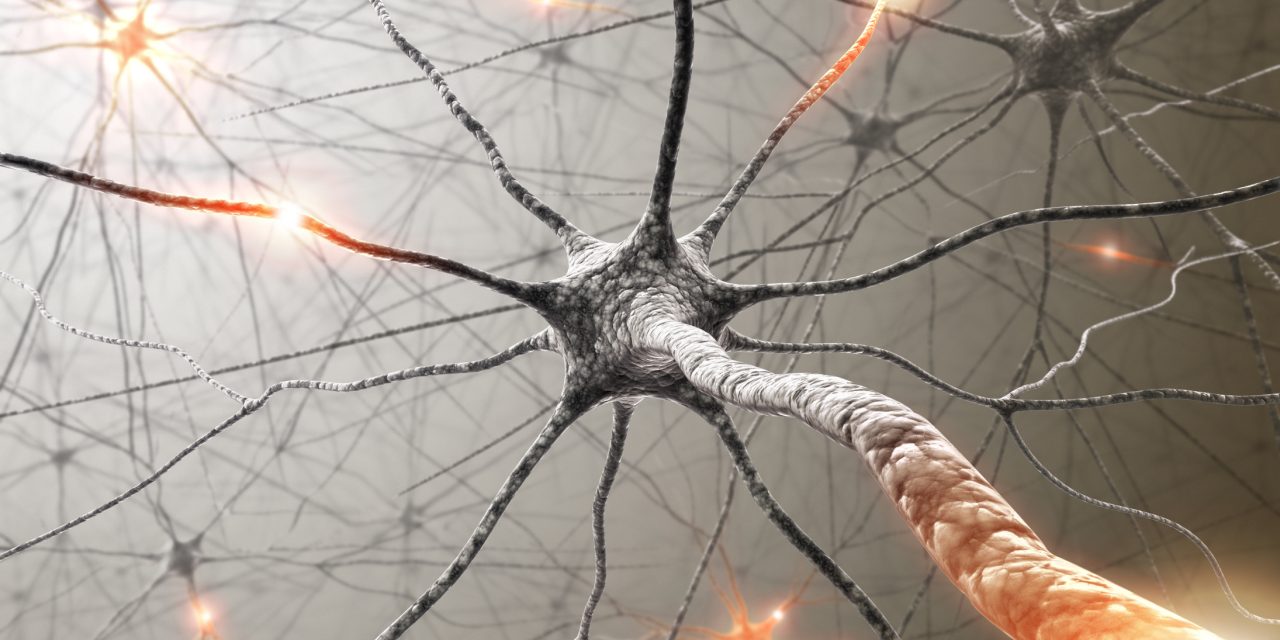A common form of neonatal jaundice is neonatal intrahepatic cholestasis induced by citrin deficiency (NICCD). Histopathological examination often reveals fatty liver, steatohepatitis, and liver fibrosis. By one year, jaundice and fatty liver are usually gone. Researchers presented the case of a girl diagnosed with NICCD due to an SLC25A13 mutation. In this case, the patient was a three-month-old girl. She was diagnosed with hyperbilirubinemia two months after presenting with jaundice, colored feces, and poor weight gain. The patient did not have biliary atresia, according to cholangiography. A laparoscopic liver biopsy was conducted, and no fatty deposits were found on histology. She was diagnosed with NICCD after genetic testing revealed a compound heterozygous mutation in SLC25A13. She gained weight after being fed medium-chain triglyceride milk. Her stool color improved once she started drinking regular milk and breast milk. With appropriate weight gain and reduced total bilirubin levels, she was discharged at 4 months of age. She was in good health following release, and her development was normal at the time of her outpatient follow-up. They had a case of NICCD in a guy who did not have a fatty liver. The absence of hepatic steatosis in newborn cholestasis does not rule out NICCD in this case.
Reference:bmcpediatr.biomedcentral.com/articles/10.1186/s12887-021-02717-w


